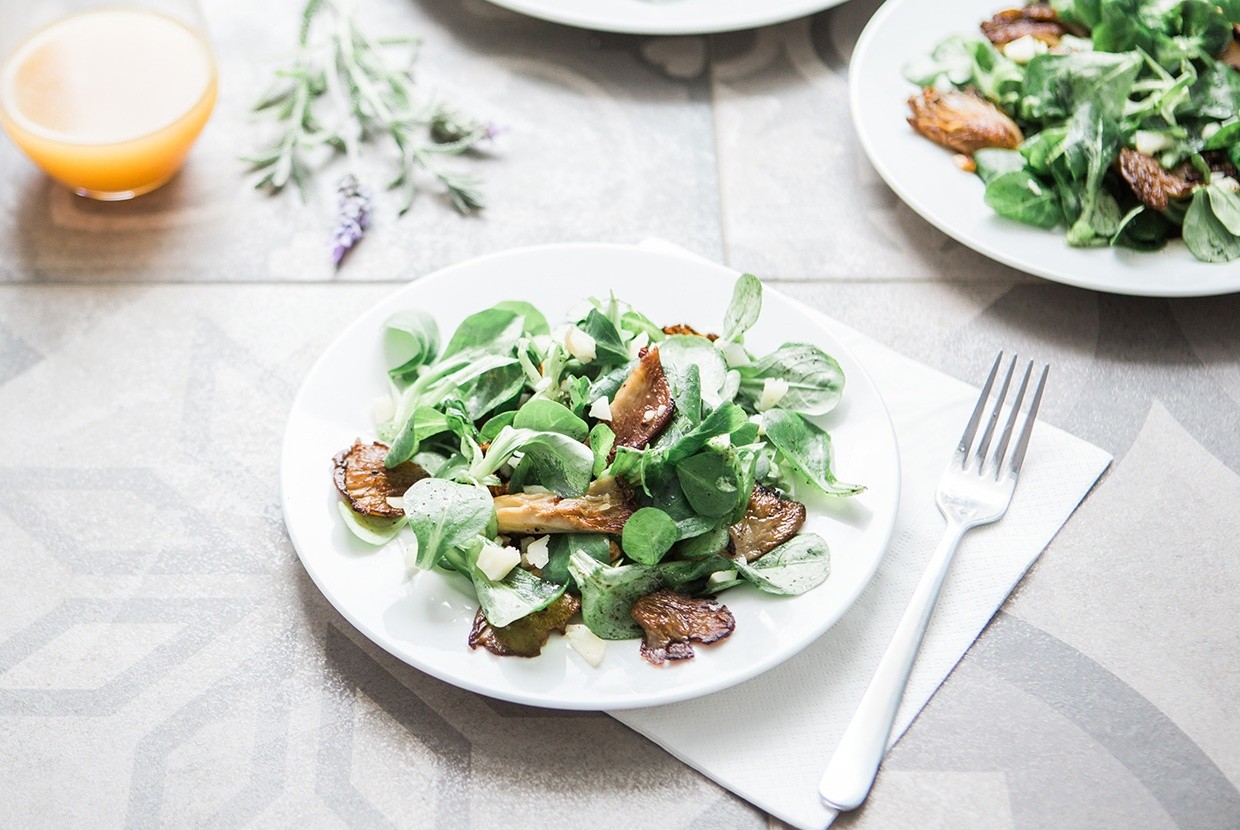[column width=”1/1″ last=”true” title=”” title_type=”single” animation=”none” implicit=”true”]
There are many clever ways to stop wasting so much food in your kitchen. You can freeze leftover wine to make wine slushies. You can regrow certain vegetables with nothing more than a cup of water and a windowsill. Or, you can check out Sherri Brooks Vinton’s new book “Eat It Up!” and learn all the tricks.
Vinton’s book offers recipes that’ll help you cook up pretty much any food scrap into a delicious meal ― think dishes like Radish Tops Tabouleh ― but it also shares other helpful tips along the way, like how to properly stock your fridge to fight food waste before it starts. Bonus: this can help you save some money too, because you won’t have let your lettuce wilt, again.
We have a super informative excerpt from the book for you below. Read it and live it.
EAT IT UP!
The following excerpt is from Sherri Brooks Vinton’s “Eat It Up!”
Out of sight, out of mind. I can’t tell you how many times I’ve meant to eat it, I’ve planned to eat it, I’ve wanted to eat it, but I just forgot it was there. A tasty bit of cheese in the back of the drawer, three lovely steamed shrimp, half a cup of caramel sauce—how could I forsake you? To avoid losing valuable bites to the chaos of the fridge, it helps to have a system. Try some of these tips:
All leftovers live on one shelf. Visit it first before making your next dinner plan or shopping list, to see what you can eat up.
It’s a date. Take a tip from the pros and label all leftovers or opened containers with a “made on” or “opened on” date. Keeping a roll of painter’s tape and a marker in a nearby drawer makes it easy.
Squirrel it away. Bought the big size because it was half the price? It’s not savings if you throw it out. When possible, section off the portion you can use right away and put the rest in the freezer. Works great for hard cheeses, family packs of meat and fish, cream cheese, butter, pasta sauce, breads, and cakes, and even keeps grains and flours fresher, longer.
Delicate on top. Sturdy produce, such as carrots, celery, apples, and broccoli, can live at the bottom of the crisper very happily. Layer more delicate items, such as peppers, peaches, and summer squashes that might bruise or crush on top of those. Lettuces, herbs, and other leafy items should be on the very top. Eat down through the layers.
Don’t show your perishables the door. Sure, it’s convenient to have the milk and eggs on the door for easy access, but it doesn’t guarantee the longest shelf life. Through the constant opening and closing, the items on the door see the highest temperatures. If you have a high turnover of milk and eggs, you might not notice a difference, but if those items are going off before you can enjoy them, you might relocate them to a cooler compartment. Leave the door for the much less.
Keep dairy on the low down. Yogurt, sour cream, and milk do best on the lower shelves of the fridge, where the air is colder.
Keep meat on the way low down. Meat should be stored at the lowest point in the fridge, preferably in a meat drawer if your fridge has one. Not only are the lowest shelves the coldest (cold air sinks), but you don’t want the juices from these items to drip on and contaminate any of your other refrigerated foods.
[/column]


